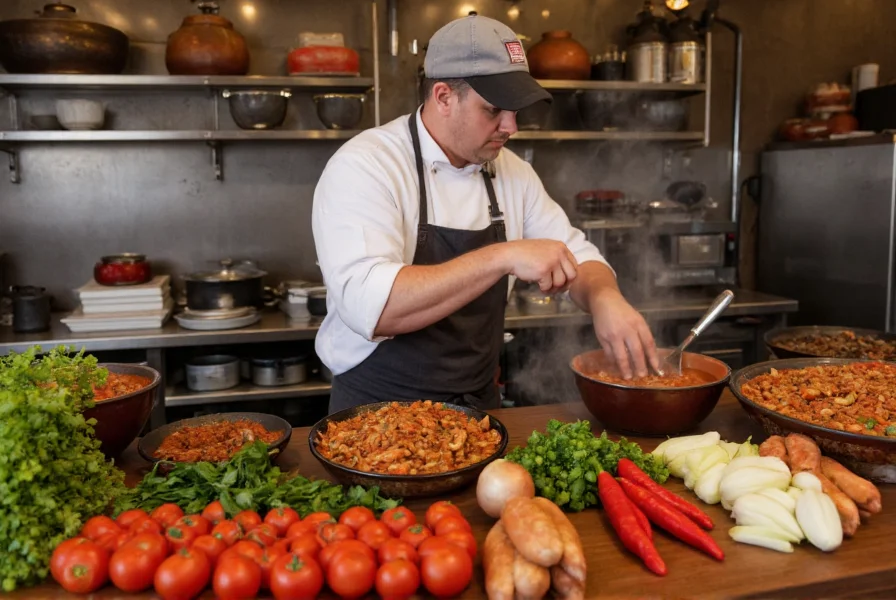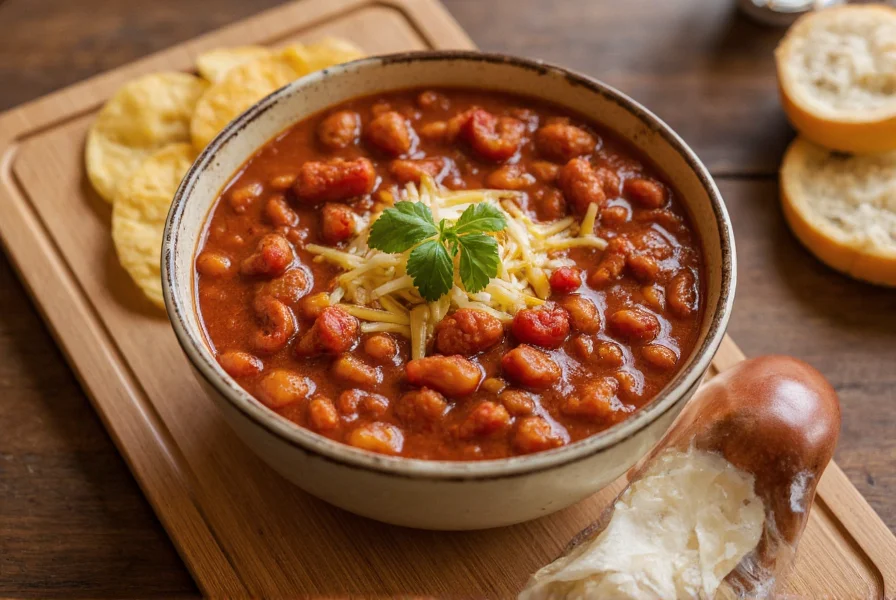Cafe chili typically refers to either restaurants specializing in chili dishes or cafe menus featuring chili-based items, with variations depending on regional culinary traditions. This term most commonly describes casual dining establishments serving chili con carne as a signature dish, though it can also indicate cafes incorporating chili peppers into beverages and food items.
When searching for "cafe chili," most people seek either a specific restaurant location or information about chili dishes commonly served in cafe settings. Unlike traditional restaurants, cafe chili establishments typically offer a more casual atmosphere with quicker service while maintaining the hearty, flavorful qualities of authentic chili preparations.
Understanding Cafe Chili Establishments
Cafe chili venues represent a unique intersection between casual cafe culture and traditional chili cookery. These establishments have gained popularity for serving approachable versions of this classic dish in relaxed environments. Unlike formal dining restaurants, cafe chili spots often feature counter service, quicker turnover, and menu items designed for both quick lunches and leisurely dining experiences.
The term "cafe chili" has evolved regionally across North America, with notable concentrations in the Southwestern United States where chili culture runs deep. In cities like Austin, Albuquerque, and Tucson, cafe chili establishments form an integral part of the local food scene, offering everything from traditional Texas-style chili to innovative fusion interpretations.
| Region | Common Cafe Chili Features | Signature Offerings |
|---|---|---|
| Southwest US | Counter service, quick seating | Beef chili with beans, green chili stew |
| Mexico border areas | Mix of indoor and outdoor seating | Chili con carne, menudo, pozole |
| Midwest US | Cozy interiors, longer dining times | Three-bean vegetarian chili, Cincinnati-style |
| West Coast | Modern decor, health-conscious options | Quinoa chili, vegan options, artisanal breads |
Distinguishing Cafe Chili from Traditional Chili Restaurants
Many people confuse cafe chili establishments with traditional chili restaurants, but key differences exist. Cafe chili venues typically operate with extended hours suitable for breakfast through dinner, incorporate coffee service alongside their chili offerings, and maintain a more casual atmosphere than dedicated chili restaurants.
Traditional chili restaurants often focus exclusively on chili preparations with extensive menus featuring multiple varieties, while cafe chili spots usually feature chili as one component of a broader menu that includes sandwiches, soups, and baked goods. The service model differs significantly too—cafe chili establishments commonly use counter ordering systems rather than table service.
Popular Cafe Chili Menu Items
Understanding what to expect on a cafe chili menu helps set proper expectations. Most establishments feature several core offerings that have become standard across the industry:
- Classic Beef Chili - The foundation of most cafe chili menus, typically featuring ground beef, tomatoes, kidney beans, and a blend of spices
- Vegetarian Three-Bean Chili - A popular alternative using black beans, pinto beans, and kidney beans with vegetable broth
- Green Chile Stew - Particularly common in Southwest establishments, featuring roasted green chilies and pork
- Chili Cheese Fries - An appetizer or side dish featuring french fries topped with chili and melted cheese
- Chili Topped Hot Dogs - A classic cafe offering, especially popular at lunch hours
Many modern cafe chili establishments now offer specialty items like vegan chili, white chicken chili, and even dessert items incorporating mild chili flavors for adventurous palates.
Regional Variations in Cafe Chili Culture
The interpretation of cafe chili varies significantly by region, reflecting local culinary traditions and ingredient availability. In Texas, cafe chili typically follows the state's official dish guidelines—chili con carne must contain meat, chili peppers, and spices, with no beans permitted in authentic preparations. Meanwhile, California cafe chili spots often feature more health-conscious adaptations with organic ingredients and vegetarian options.
International variations exist too. In Canadian provinces like Alberta, cafe chili often incorporates local ingredients such as bison meat, while Mexican border towns feature cafe chili with more authentic regional spices and preparation methods. Understanding these regional differences helps set appropriate expectations when searching for "cafe chili" in different locations.

How to Identify Quality Cafe Chili Establishments
Not all establishments using "cafe chili" in their name deliver authentic experiences. Several indicators distinguish quality venues:
- Homemade chili preparation - Quality establishments typically prepare their chili in-house daily rather than using pre-made mixes
- Menu specificity - Detailed descriptions of chili varieties and preparation methods indicate authenticity
- Local reputation - Long-standing establishments with positive community recognition typically offer better experiences
- Ingredient transparency - Quality venues proudly list their chili pepper varieties and meat sources
- Atmosphere consistency - The decor and service style should match the culinary focus rather than feeling like a generic cafe
When researching cafe chili options, look for specific mentions of chili preparation methods, ingredient quality, and regional authenticity rather than generic descriptions that could apply to any cafe.
Common Misconceptions About Cafe Chili
Several misconceptions surround cafe chili establishments that affect customer expectations. Many people assume "cafe" indicates primarily coffee service with chili as an afterthought, when in reality most dedicated cafe chili spots prioritize their chili offerings while incorporating coffee service. Others confuse cafe chili with Mexican restaurant offerings, not recognizing that chili con carne represents a distinct culinary tradition separate from standard Mexican cuisine.
Another common misunderstanding involves spice levels—many expect all cafe chili to be extremely hot, when in fact most establishments offer multiple heat levels to accommodate different palates. Understanding these distinctions helps set appropriate expectations when searching for cafe chili experiences.











 浙公网安备
33010002000092号
浙公网安备
33010002000092号 浙B2-20120091-4
浙B2-20120091-4